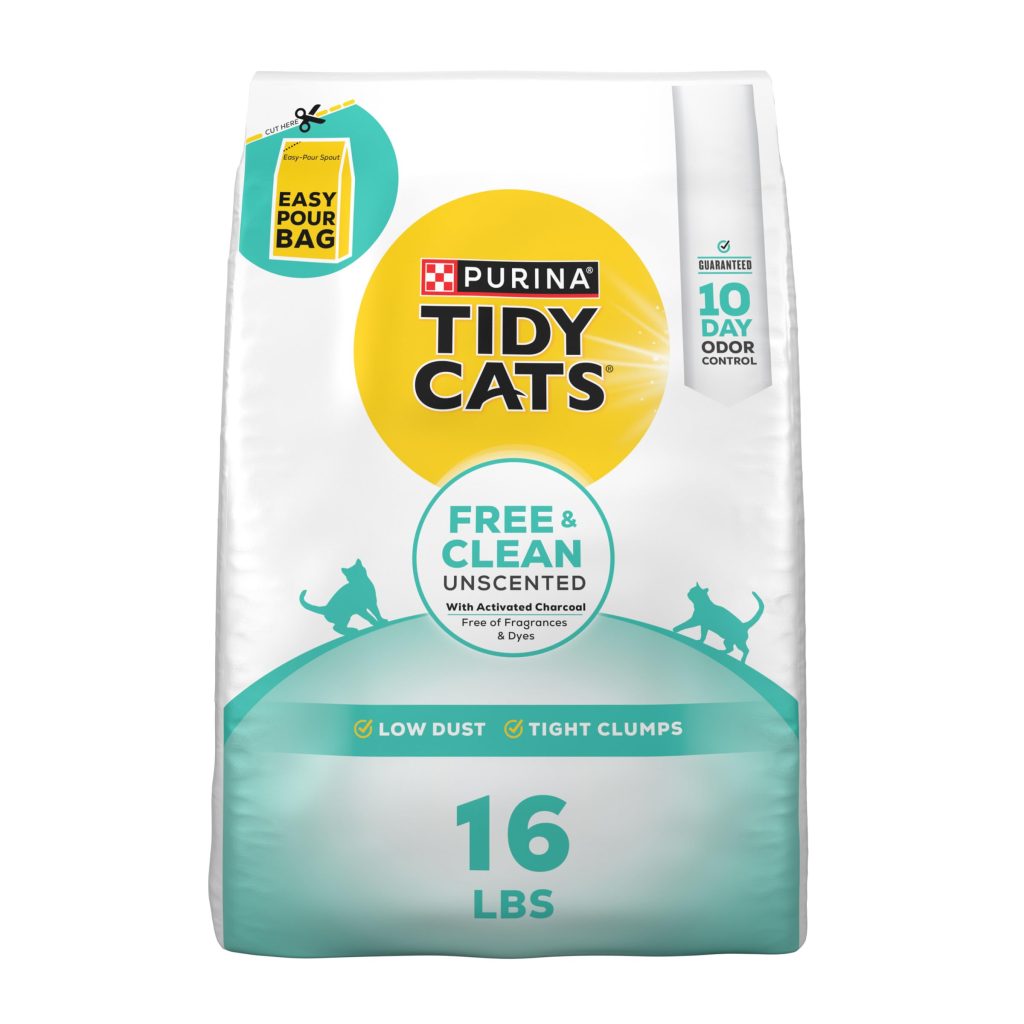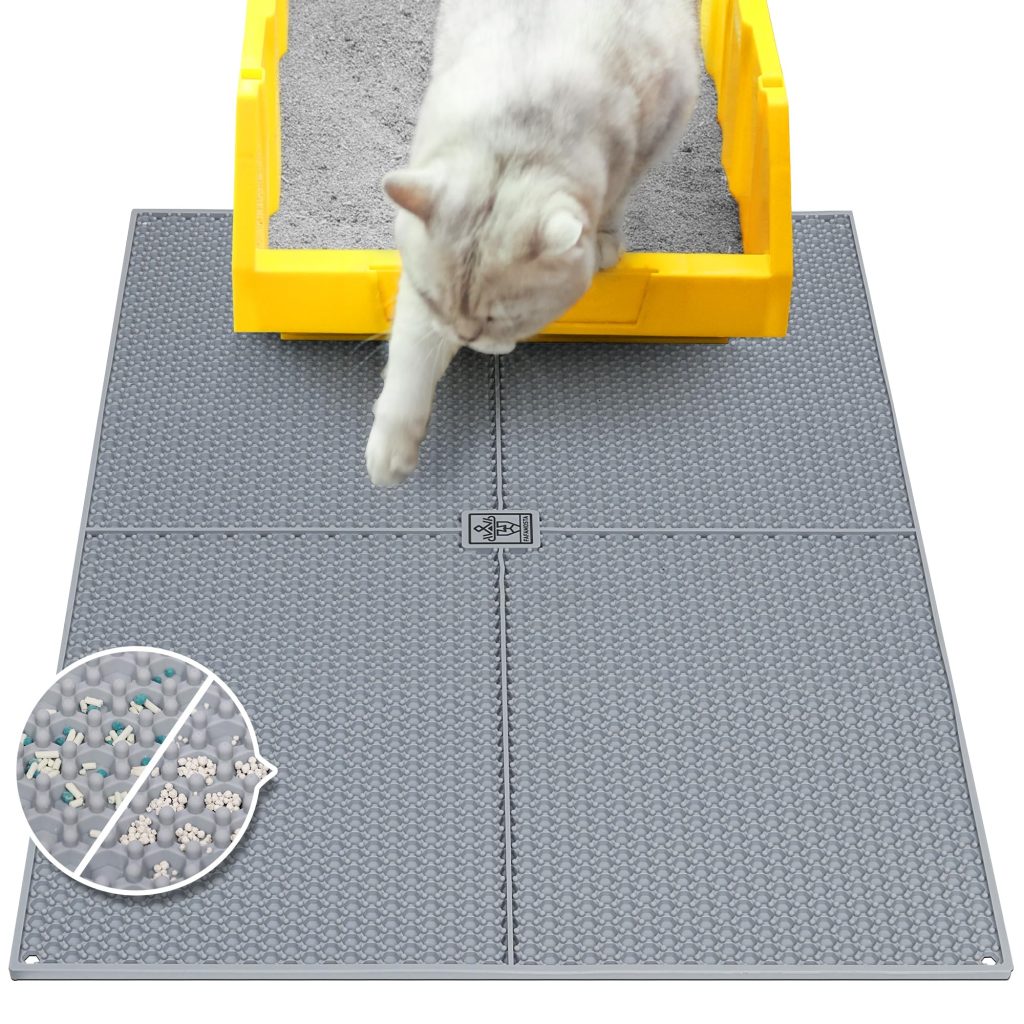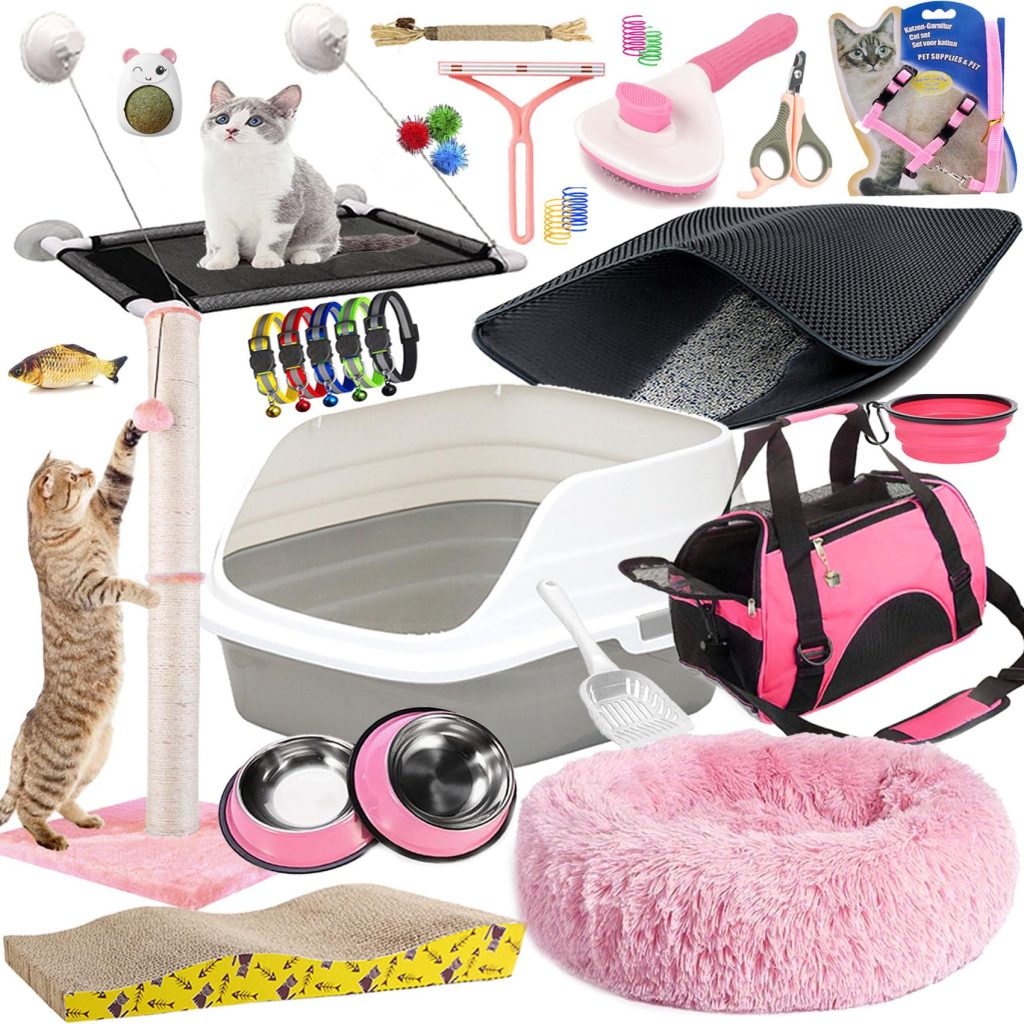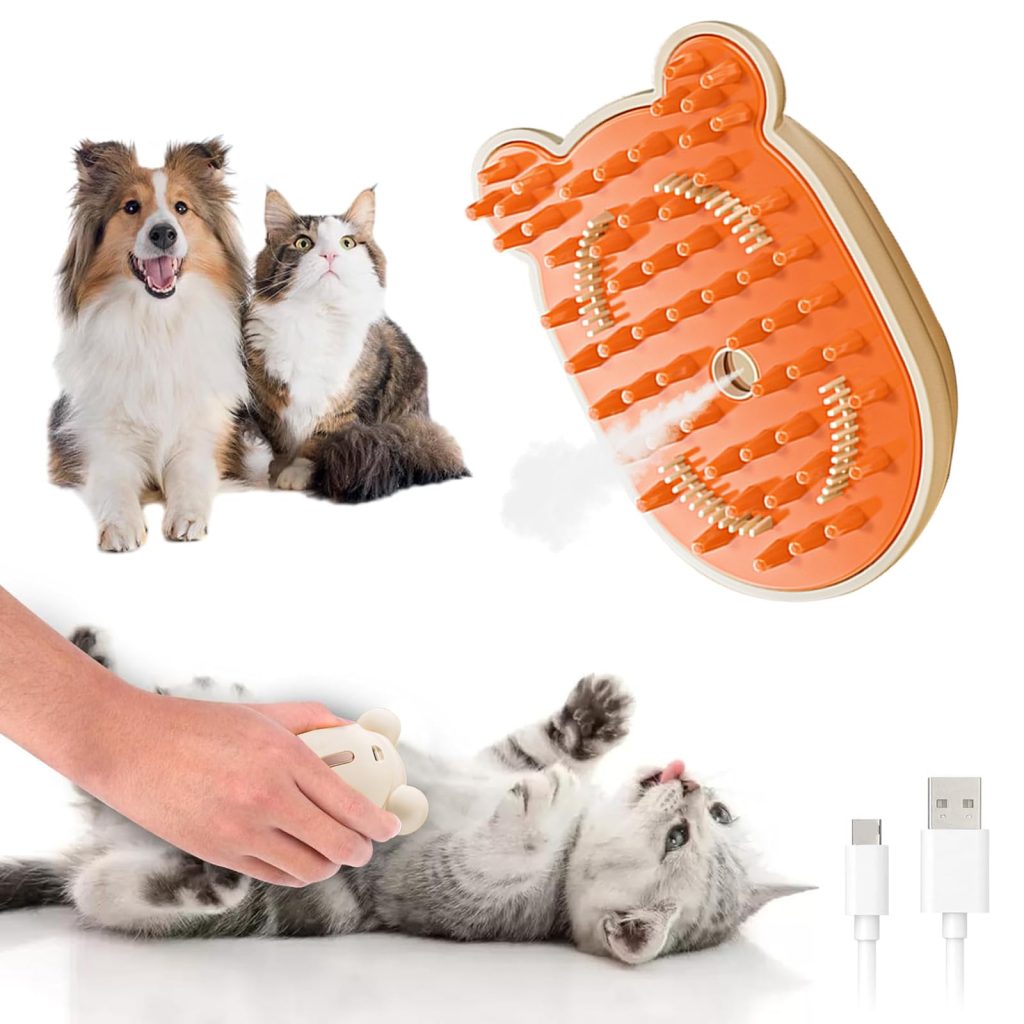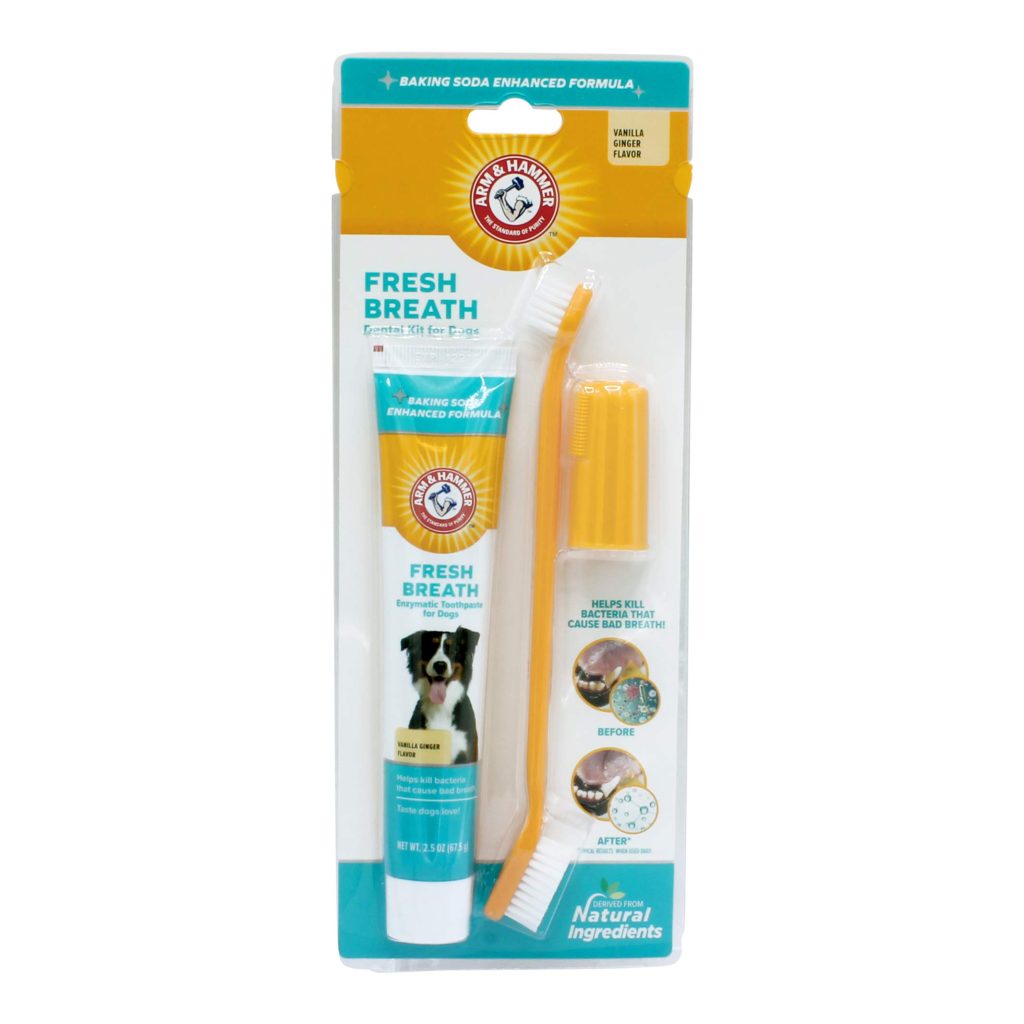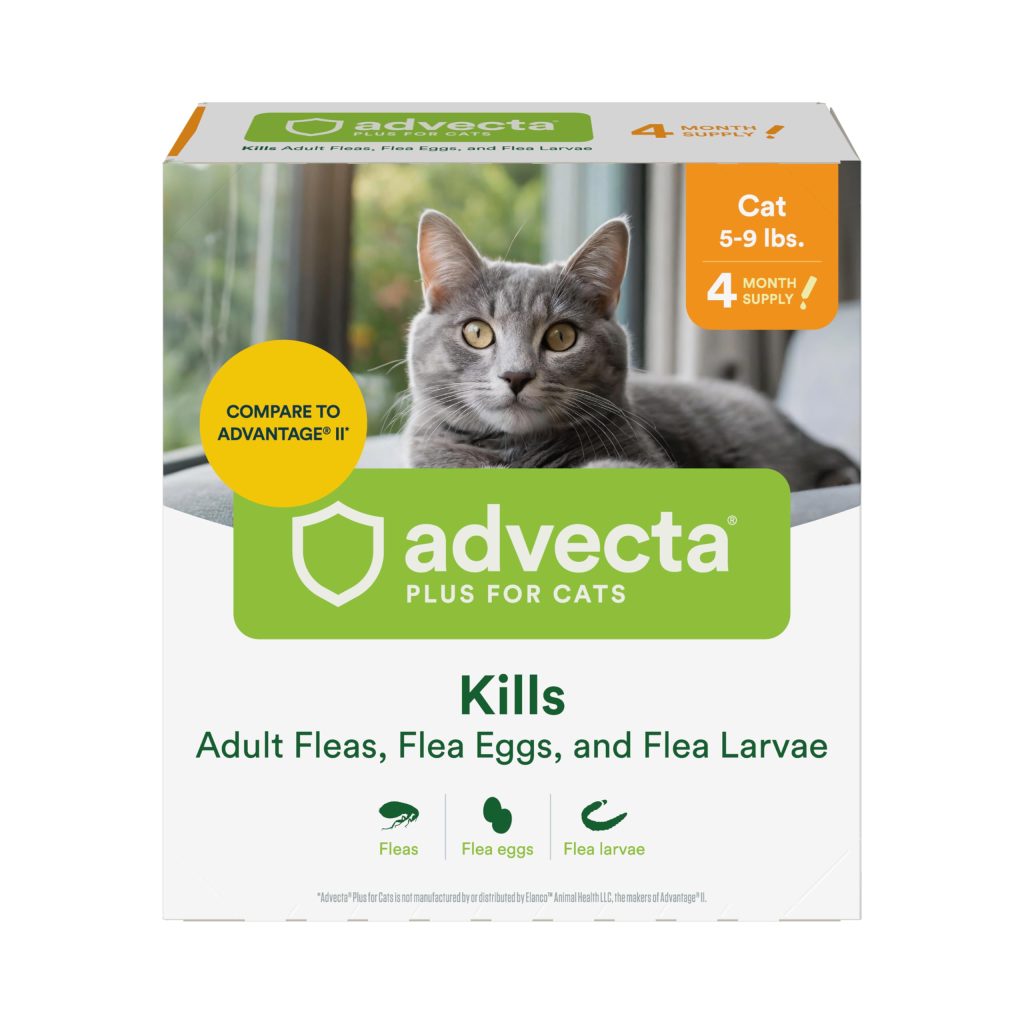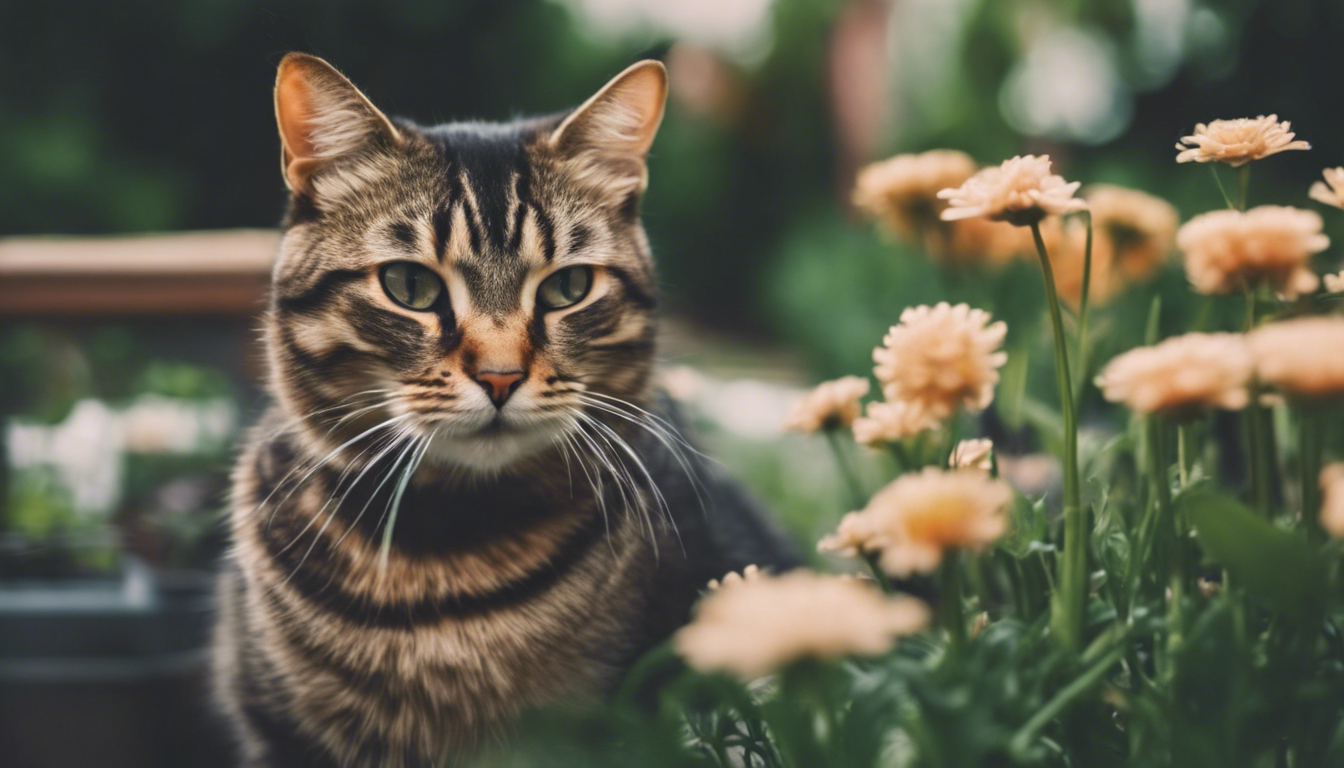
Having a garden that is safe and appealing for your feline friend is essential for their well-being. Cats are natural explorers, and providing them with a cat-friendly outdoor space can enrich their lives and strengthen the bond between you and your furry companion. Understanding feline behavior and communication, implementing effective training techniques, and creating a cat-centered environment in your garden can have a significant positive impact on your cat’s happiness and overall behavior.
Feline Behavior and Communication
Cats have unique behaviors and communication styles that are deeply rooted in their instincts. Understanding these behaviors can help you create a garden that meets their needs and encourages positive interactions. Here are some key aspects of feline behavior:
- Territory: Cats are territorial animals. They mark their territory through scent and scratching, establishing a sense of ownership. Providing vertical spaces like cat trees or elevated platforms in your garden allows cats to survey their surroundings and feel secure.
- Hunting: Cats have a strong prey drive and enjoy hunting. Incorporating elements like hiding spots, climbing structures, and outdoor interactive toys can satisfy their hunting instincts and provide mental stimulation.
- Exploration: Cats are curious creatures, always seeking out new territories and experiences. Designing a garden with different textures, smells, and areas to explore, such as a designated sandpit or a cat-friendly obstacle course, will keep them engaged and mentally stimulated.
- Socialization: Although cats are often seen as solitary animals, they still require social interaction. Creating spaces where your cat can interact with other cats or even watch other animals from a safe distance can fulfill their social needs.
Training Techniques
Training your cat to navigate and respect the boundaries of your cat-friendly garden is important. These training techniques will not only ensure their safety but also foster positive behavior:
- Positive Reinforcement: Cats respond well to positive reinforcement. Rewarding desired behaviors, such as using a designated scratching post or staying within the garden boundaries, with treats and praise will help them understand what is expected of them.
- Clicker Training: Clicker training is a useful method that employs the use of a clicker to mark a desirable behavior followed by a reward. By associating the click sound with a treat, you can effectively communicate with your cat and reinforce desired behaviors.
- Patience and Consistency: Training takes time and patience. Cats may not grasp new concepts immediately, so it’s essential to be consistent in your training approach and reinforce boundaries consistently to promote long-lasting behavior change.
Impact on the Cat-Owner Relationship
Creating a cat-friendly garden not only benefits your furry friend but also strengthens your bond as a cat owner. By providing an environment that stimulates their senses and fulfills their natural instincts, you’ll notice positive changes in your cat’s behavior. Here’s how a cat-friendly garden can impact the relationship:
- Trust: When your cat feels safe and secure in their environment, they’ll develop trust in you as their caregiver. With mutual trust, they’re more likely to approach you for affection and engage in positive interactions.
- Bonding Opportunities: Spending time together in the garden provides opportunities for you to bond with your cat. Engaging in interactive play sessions, grooming, or simply observing nature together can create a sense of companionship and strengthen your emotional connection.
- Reduced Stress: A cat-friendly garden offers a peaceful retreat for your cat. By providing an outdoor space where they can freely express themselves and release energy, you’ll help reduce stress, boredom, and destructive behaviors associated with limited indoor environments.
Remember, each cat is unique, and creating a cat-friendly garden is a personalized process. Observe your cat’s behaviors, preferences, and reactions to different outdoor stimuli, and make adjustments accordingly.
In conclusion, providing a safe and engaging outdoor space for your cat is a valuable investment in their overall well-being. By understanding feline behavior and communication, implementing effective training techniques, and fostering a strong cat-owner relationship, you can create a garden that enriches your cat’s life and brings you both joy and fulfillment.

